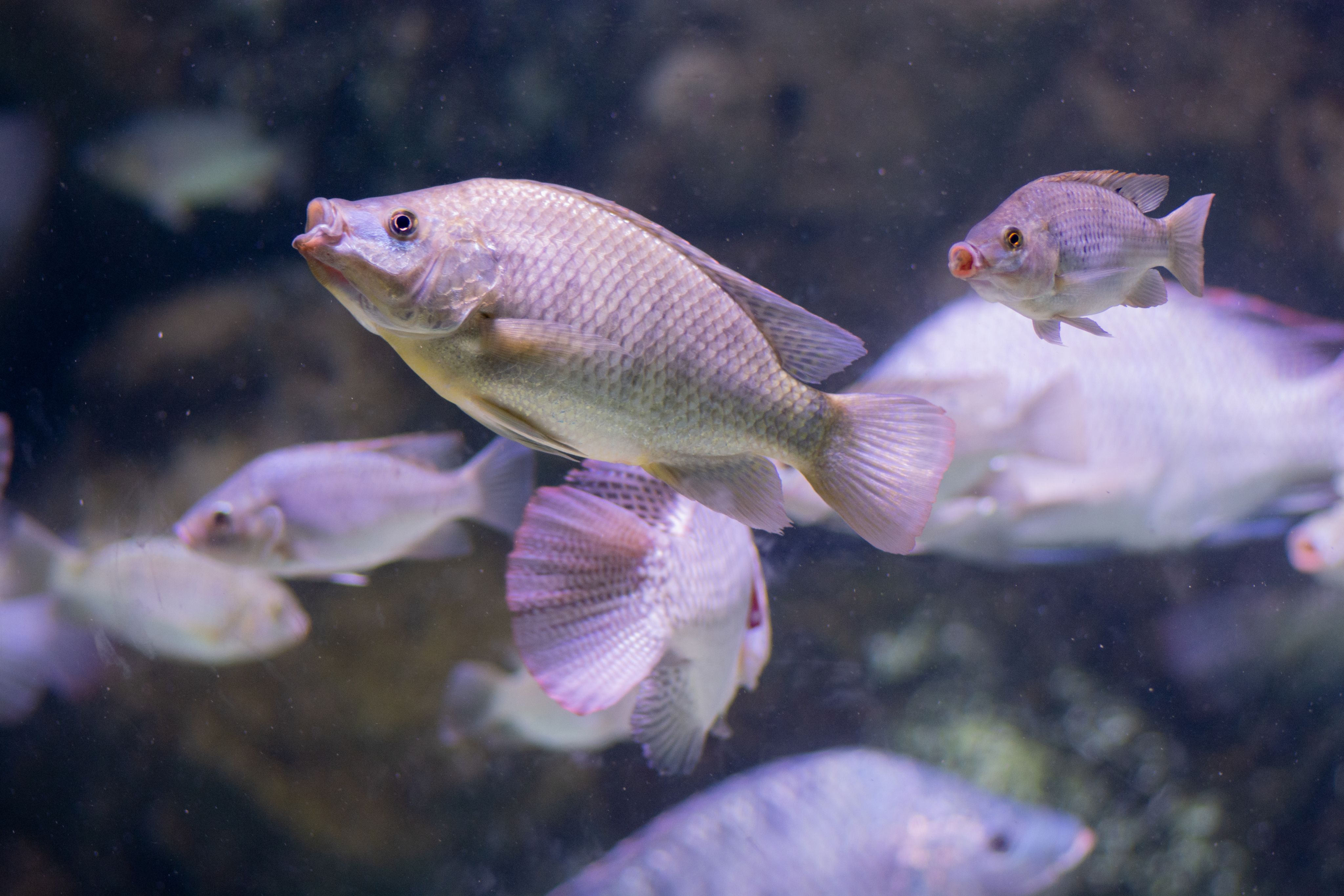Improving genetic resources for tilapia breeding
A collaboration between the Earlham Institute, the Earlham Institute National Capability in Genomics and Single Cell Analysis, the Roslin Institute (both are BBSRC strategically funded institutes), and WorldFish has delivered new genetic resources for breeding Genetically Improved Farmed Tilapia (GIFT).
Tilapia, a type of cichlid fish, is the second most important freshwater aquaculture species, with an estimated 4.6 million tonnes produced per year at a value of $9.2 billion USD. GIFT fishes make up around 50% of global tilapia farming, making them integral to food and nutrition security, particularly in Asian and African countries.
The project has produced new reference genome sequences for GIFT and another genetically improved tilapia strain, Abbassa. The GIFT strain is a hybrid of several strains of Nile Tilapia with the Blue and Mozambique tilapias. These novel genomes allow researchers to identify the genes underlying useful characteristics that have been introduced during breeding, such as better growth or tolerance of salty water, allowing them to be farmed in more areas.
Further collaboration in East Africa is combating problematic hybridisation between farmed and native tilapia species, which can lead to less productive stocks for farming and the extinction of wild species. This includes research into the extent of hybridisation occurring and the production of an SNP chip that can be used to identify tilapia hybrids, helping to prevent interbreeding.
In Lake Victoria, the introduction of invasive species, such as Nile perch, has severely damaged the biodiversity of native fish populations. Projects like the above could offer methods to rebuild biodiversity.
